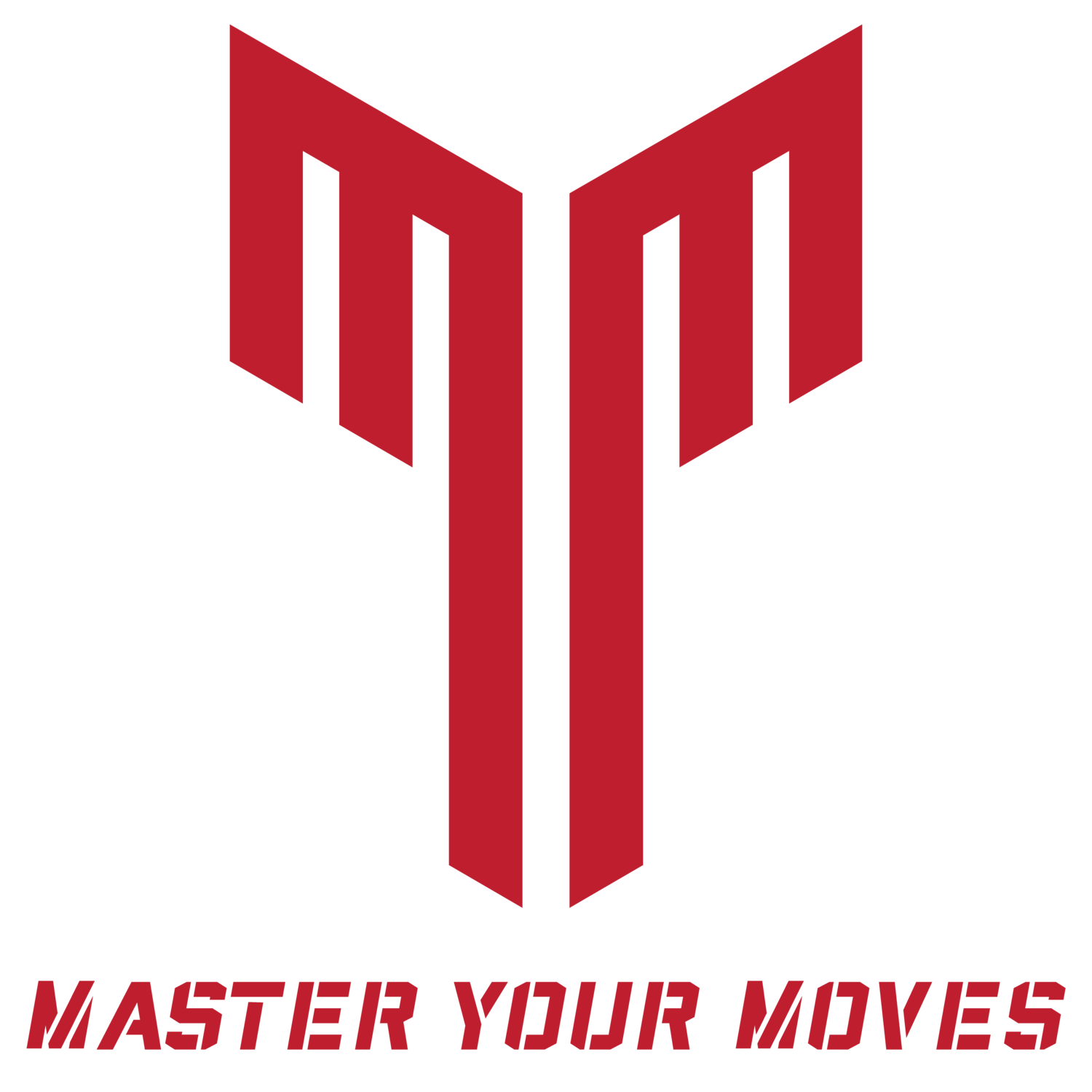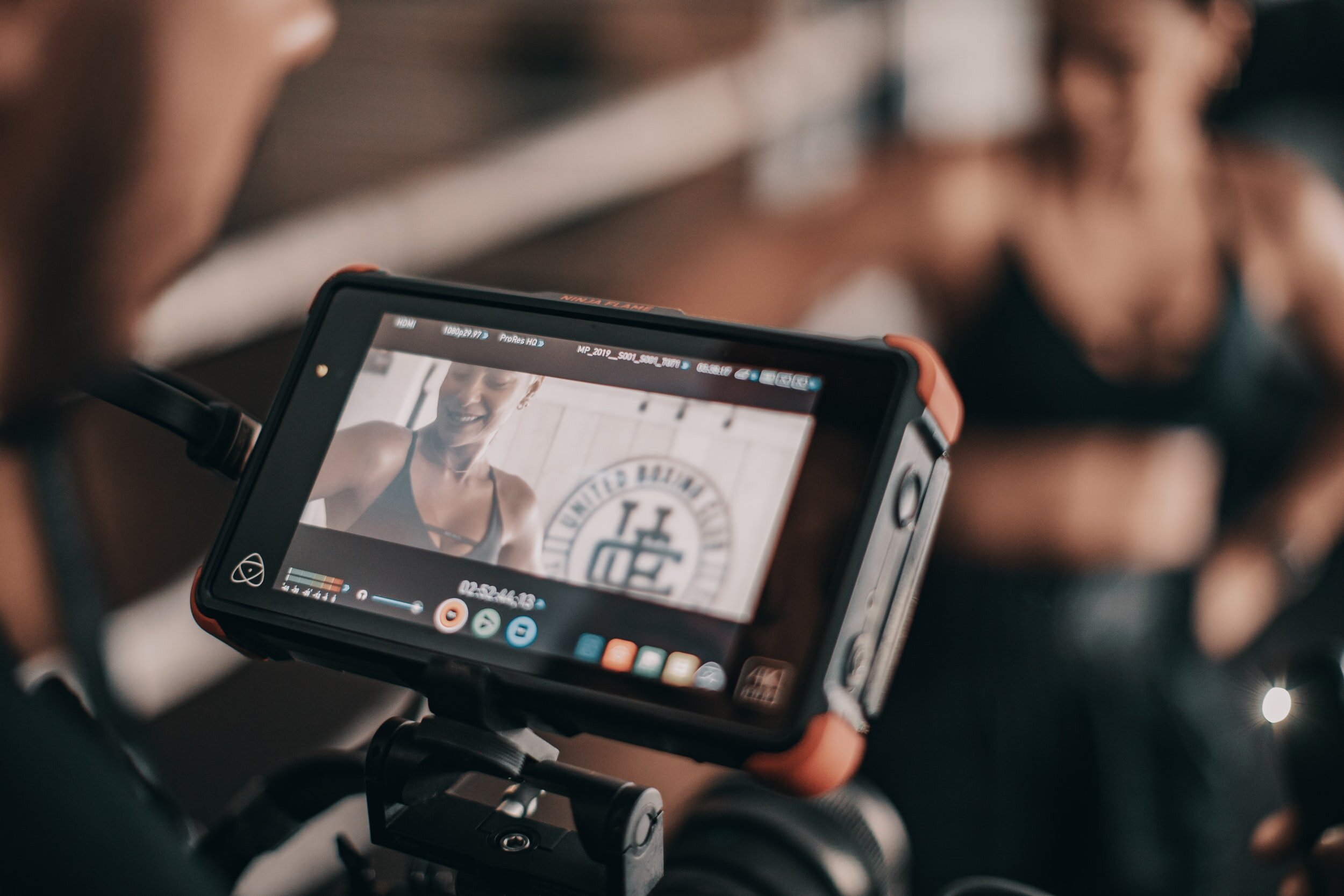Win or Lose, Use Video For Data & Feedback on Yourself
Record yourself training or sparring with a video camera or even just your smart phone.
I’m sure you’ve seen highlight reels of athletes on ESPN or looked for clips of techniques and fights on YouTube and Instagram. The advancement of digital video and technology has made it possible to record super easily, whether you are using a professional video camera or a smart phone. For years, professional athletes and coaches have understood the benefits of video analysis to improve performance and prevent injury. And for those reasons, video analysis can benefit YOU too.
Proper video analysis can provide you with data and feedback about your performance. For the purpose of martial arts, data is the raw information about your movements in training, sparring, or competing. The type of data you can analyze is endless. For ex. how many punches are you throwing in a round or in 1 minute? How many escape attempts from the guard? How many rear roundhouse kicks did you throw in a round? Which punches landed in sparring? Which didn’t? Etc.
Feedback in martial arts refers to the information you get during or after you perform your moves that is about that performance. This feedback can be extrinsic (or external, for ex. visual or verbal guidance from a teacher, trainer, or coach) or intrinsic (or internal), if you’re advanced enough to know and identify how the moves should feel.
Review, Compare, Correct
As you train, you should consistently record yourself during training, sparring, and competition to get to know yourself and how you move. Especially if you plan on competing. Here are some tips:
Choose the purpose for recording yourself and try to record yourself (or have someone record you) for a good length of time, if not for the whole event. These are some purposes you can records yourself for: To analyze your form? To see how you respond under pressure or against a variety of opponents? To analyze a win or a loss in competition?
Records yourself in a way that makes your full body visible. However, don’t record from so far away that your movements aren’t clear.
When you review the tape, don’t focus on whether you “won” or “lost” or whether you did “great” or “sucked.” Instead, study yourself objectively as much as possible as if you were watching a stranger. When I review myself, especially for sparring, I try to get stats of how many punches or kicks or grappling moves I tried in a round. And I try to break that down even further so I count how many jabs or crosses or low kicks or knees or submission moves I tried. This gives me numbers I can compare to past or future versions of myself.
Once you have data on your strikes or moves, also analyze them for tactical form. You want to know what you’re doing right and what you need to improve. For ex., when I look at video of myself, I ask things like: how effective were my combos? Did they land? Did I try that strike I practiced? Were my hands up when I kicked? Did I leave my arms exposed to a submission when I escaped a position?
Use video to motivate yourself too. Once you have a series of videos, look at older tape of yourself and compare it with your most recent videos. By doing this, you can see how you’ve improved from the past and what you still need to work on.
Injury Prevention
Injuries are a constant threat in martial arts but they are not inevitable. Many injuries occur because of poor technique and body positioning. These are things that YOU can avoid. To avoid poor technique and body positioning, you have to be aware of them. That’s why it is a good idea to record yourself during training and sparring for practical form. Where tactical form is the most effective form for winning a fight, practical form is the most effective form for efficiency and good body mechanics. Here are some tips to use video for injury prevention:
Identify pain and injury you suffer during and after training.
Analyze your video and see if that pain and injury is a result of poor habits in movement.
If so, consult with your coach, trainer, or teacher to correct these poor habits.
When you’re injured, study your videos to review your knowledge, stay motivated and get data and feedback on your progress and recovery.
Strategy Preparation
Lastly, recording yourself can be helpful in creating a strategy you can use for competition or the streets. Here’s how:
Knowing how you move in training and what works in sparring will help you come up with a realistic strategy you can use in competition or self-defense.
In the event you lose a fight in competition, you can use video analysis to understand how that loss occurred and figure out how to prevent that loss in the future.
Your coach, trainer, or teacher should always have your back, but sometimes you have to rely on yourself and put in the work to analyze yourself on tape. This is good practice to get to know yourself and also learn how to analyze people when you become a coach, teacher, or trainer one day.
If you have any questions or comments, feel free to reach out to me on the contact page or write in the comments. I’ll respond.
Make moves or meditate.

